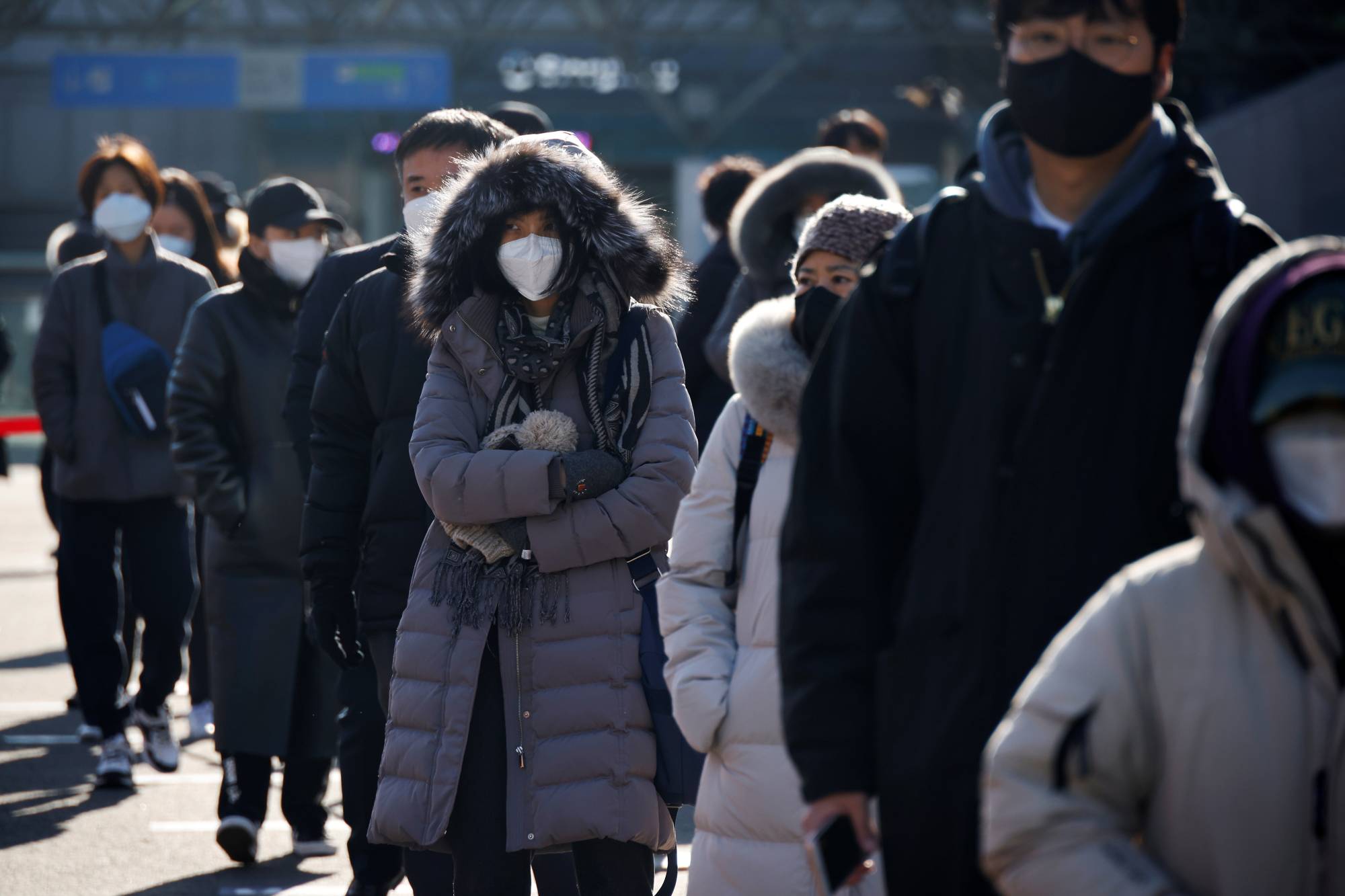South Korea greeted the new year by recording its first annual population decline. Unfortunately, the go-to solutions are meeting some practical challenges in the COVID-19 era.
Headcount dwindled slightly to 51.8 million last year, the Ministry of Interior and Safety said Sunday. The retreat was the product of a 10.6% slide in births, coupled with a 3.1% increase in deaths. South Korea now joins neighboring Japan in suffering an actual fall in population, as opposed to the diminishing rates of growth that characterized past years. The ministry called for "fundamental changes,” national news agency Yonhap reported, without offering details.
South Korea's demographic challenges partly stem from family-planning measures imposed by military-backed administrations in the 1960s, which aimed to eradicate poverty. They worked only too well. By the turn of the century, a diminishing population was on the horizon. But the timing of this grim milestone is less than fortuitous. South Korea, generally praised for its handling of COVID-19, is wrestling with a surge in cases that threatens to undercut some of the rosy economic projections for 2021. The nation, like developed peers, is flirting with deflation. It must also contend with an increasingly bitter commercial rivalry between the U.S., guarantor of South Korea’s national security, and China, its biggest trading partner.


















With your current subscription plan you can comment on stories. However, before writing your first comment, please create a display name in the Profile section of your subscriber account page.